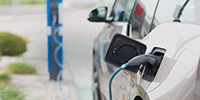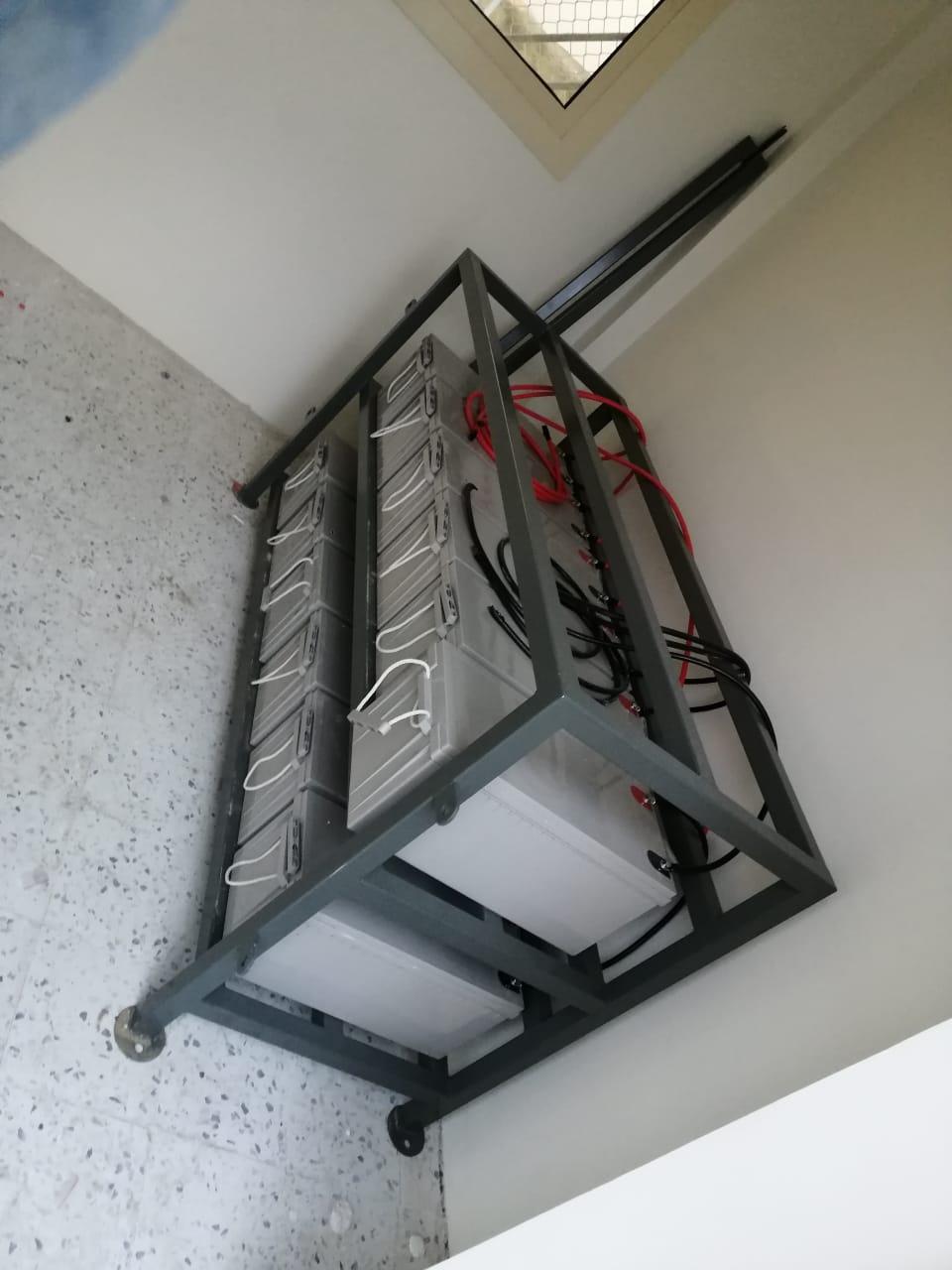Sealed Gel Batteries, What You Need To Know
|
In recent years, an alternative to conventional, flooded (spillable) lead-acid Powersports starting batteries have been introduced: the valve-regulated lead-acid (VRLA) battery. These types of batteries offer many advantages over conventional flooded lead-acid batteries, including: – can be mounted and used in almost any position (versus conventional batteries, which must remain upright) – are sealed and non-spillable – maintenance-free – no fume emissions – more resistant to vibration There are, however, two distinctly different types of VRLA batteries: gel batteries and absorbed glass mat (AGM) batteries. AGM batteries are often mistaken for gel batteries, due to their similarities, but if you’re looking to understand more about how your Powersports battery works and how to find the best battery for your particular ride, it’s important to understand the key similarities and differences between gel and AGM batteries. How Gel & AGM batteries are similar Both AGM and Gel batteries are “recombinant” batteries – this means that the oxygen which is normally produced on the positive plates of all lead-acid batteries (technically, both Gel and AGM batteries are classified as lead-acid batteries) is absorbed by the negative plates. This prevents the negative plates from producing hydrogen and instead produces water – which is retained within the battery. The result of this chemical process is that the battery is self-replenishing and never needs to have water added to the electrolyte. This is why both AGM and Gel batteries are “valve regulated” – because they don’t need to be replenished, they are sealed, and they are instead regulated by safety valves. These special pressure valves in both these battery types ensure that if the battery floods, dangerous gases can escape safely. As a result, both AGM and Gel batteries are completely maintenance-free and can be installed and operated in virtually any position (except upside-down). They are also more rugged, being more resistant to vibration virtually spill-proof.
Wisdom the lifespan of a battery The lifespan of a battery will vary considerably with how it is used, how it is maintained and charged, the temperature and other factors. Also, the type of battery will determine its lifespan. If kept in a charged state when unused, the common lifespan of a 12-volt Gel or AGM battery is up to six years. After five or six years of float voltage at an average ambient temperature of 25 ºC, the battery still retains 80 % of its original capacity. Higher average temperatures will shorten the lifespan of the battery. The number of charges and discharge cycles of a 12-volt battery is strongly correlated to its structure and quality. Mastervolt’s 12-volt Gel batteries can take around 500 full cycles of being discharged down to 20 % and chargeback to full capacity. Most manufacturers consider batteries to be spent at a remaining capacity of 80 %. This does not, however, mean that the battery has to be replaced immediately. For example, the battery can still be used if only 50 % of the battery capacity is actually required. It is therefore not necessary to replace the battery after six years or 500 full cycles. An average use of seven years is perfectly normal for 12-volt Gel or AGM batteries. The lifespan for 2-volt traction Gel cells is at least 15 years and the maximum number of full cycles is 1000-1500 when discharging to 20 % of capacity. These batteries are therefore highly suitable for larger systems that require intensive use and a very long lifespan. Mastervolt Lithium Ion batteries have a lifespan of more than 2000 cycles, which is three times longer than most standard lead-acid batteries. They have an extremely long lifespan due to aspects such as the battery management, very low self-discharge, the lack of memory effect and a discharge of up 20 %. SAFETY: First, Last, and Always! |














